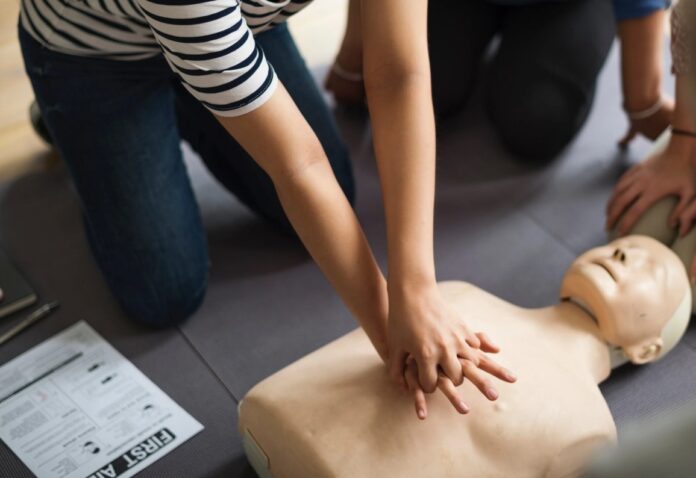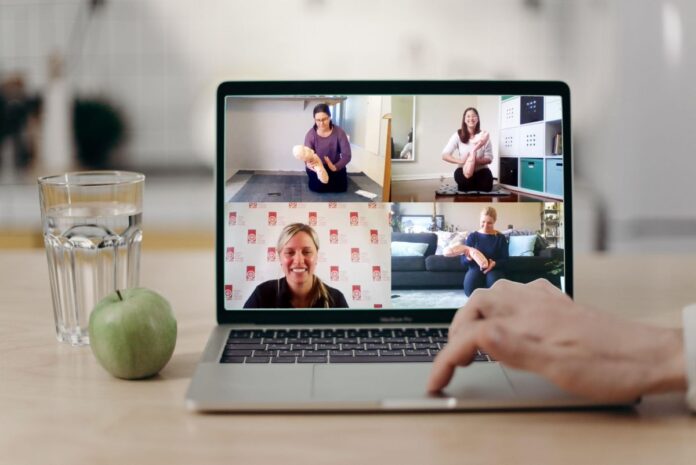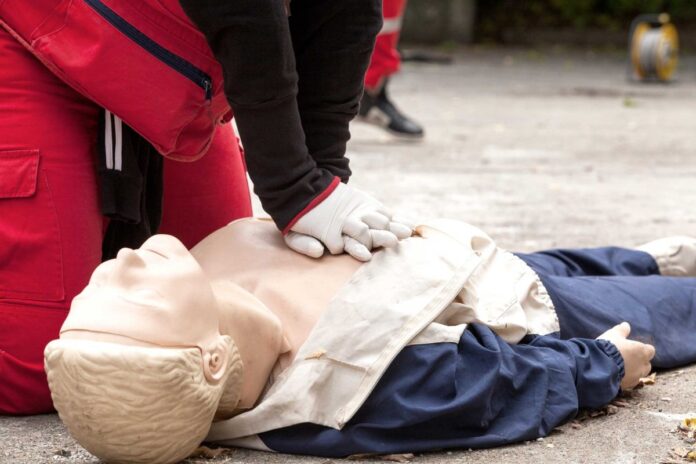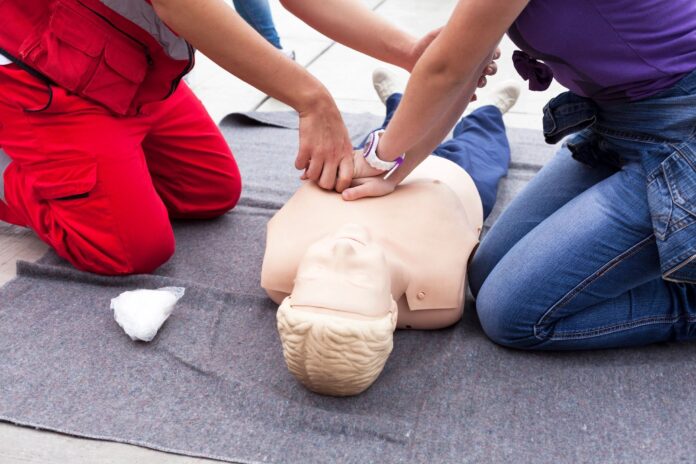Becoming a primary responder in the face of common injuries is more than an opportunity—it’s a responsibility. The importance of first aid training is multifaceted, encompassing elements of immediate care, community safety, and individual empowerment. But how accessible is this education, and how might various barriers affect different communities? This post will explore these questions, diving into the current landscape, challenges, and creative solutions for making training in immediate care more widely attainable.
Common Injuries and Their Impact

Every day, countless incidents result in injuries that necessitate swift action. These range from minor cuts and burns to more severe cases like fractures and heart attacks. A timely response could mean the difference between a swift recovery and lasting impairment, or even life and death. This is when CPR and other types of help become invaluable. Understanding common injuries is the first step in being prepared to help when disaster strikes.
These ordinary injuries not only affect the individual but also ripple through communities and society at large. The burden on healthcare systems, the emotional toll on families, and the economic impact of extended recovery times are often overlooked. By training more individuals in first aid, we could reduce these effects, fostering a culture of readiness and community care.
Current State of First Aid Training Accessibility
Training to become a first responder is far from universal. While programs exist, they vary widely in availability, cost, and quality. Many urban areas enjoy relatively easy access to classes, but those in rural regions may find opportunities limited. A lack of standardized training, differing requirements, and a shortage of qualified instructors compound these issues.
However, it’s not all gloom and doom. Recent technological advancements and innovative approaches have started to level the playing field, bringing training within reach of many who previously had no access. From online courses to community-led initiatives, the landscape is changing, and an exploration of these emerging alternatives paints a hopeful picture for the future of first aid education.
Barriers to Accessing First Aid Training

Despite the growing interest in this essential skill, several obstacles make obtaining education difficult for many individuals. Physical distance from training centers, the expense associated with courses, and a lack of time are among the most prominent challenges. For those living in remote areas, simply getting to a location that offers instruction may be a daunting task.
Another set of impediments comes from cultural or linguistic differences, personal disabilities, and misunderstandings about the necessity of first aid knowledge. These more nuanced barriers often go unnoticed but can be just as limiting. Solving the accessibility issue involves acknowledging and addressing these subtler obstacles, requiring a multi-faceted approach tailored to the needs of various communities.
Initiatives to Improve Accessibility
Many organizations are tirelessly working to make first aid education more widely available. Governments, nonprofits, and even private companies have launched initiatives aimed at breaking down the barriers we’ve explored. This concerted effort includes creating more training centers, offering courses at a reduced cost, and developing curricula tailored to specific community needs.
It is well known that first aid and CPR training can enhance your life-saving skills, but also prepare you to face numerous challenges in your life, from a simple choking to performing CPR while you wait for emergency first responders in a crash accident.
New methods of training are being developed to reach those who might have been left behind. Virtual reality, mobile apps, and simplified course structures are innovations that promise to make training not only more available but also more engaging and effective. These initiatives symbolize a shift towards inclusivity and demonstrate a collective realization that first aid training is essential for all, not just a privileged few.
Online First Aid Training Options

The internet has revolutionized many aspects of our lives, and the world of first aid education is no exception. Online courses offer a flexible, affordable solution for many individuals. From fully accredited courses to more informal, community-driven platforms, online learning is opening doors for those who might otherwise be shut out.
But it’s not just about accessibility; online learning offers unique advantages, such as personalized pacing and the ability to revisit material. With the rising quality of virtual simulations, even hands-on skills can now be practiced remotely. While there may be concerns about the efficacy of online training, research and innovation are rapidly addressing these, making digital learning a viable option for many.
Community-Based First Aid Programs
Community-driven solutions often form the backbone of accessibility. These programs understand the unique needs of their locality and can provide tailored instruction. Many non-governmental organizations and local groups offer free or low-cost training, targeting underserved populations. These classes not only teach vital skills but also foster a sense of unity and mutual support within the community.
Yet, community programs are more than just local classes. They often involve collaborations with schools, businesses, and other organizations to create a web of support. These partnerships can provide both resources and awareness, turning the concept of first aid training from an individual pursuit into a collective responsibility. By doing so, they strengthen not only individual knowledge but also the resilience of the community as a whole.
First Aid Training for Specific Groups

Tailoring education to the unique needs of various groups is a growing trend in first aid training. Whether it’s specific professions, age groups, or individuals with particular health concerns, specialized courses are becoming increasingly common. For example, programs for seniors might focus on common age-related injuries, while training for teachers could emphasize childhood ailments.
These tailored courses not only provide relevant knowledge but also build confidence, allowing individuals to act decisively when faced with an emergency within their particular context. While the core principles of first aid remain the same, the nuance and specialized focus of these courses ensure that the training is not just available but also relevant, thereby increasing its impact.
Overcoming Financial Obstacles
Financial constraints remain one of the most significant barriers to first aid training accessibility. Many cannot afford the costs associated with traditional courses. However, solutions are emerging to bridge this gap. Scholarships, subsidized programs, and even corporate sponsorships are providing opportunities for those for whom cost is an obstacle.
These financial solutions not only expand access but also create a shared sense of responsibility. By encouraging businesses and philanthropic organizations to invest in first aid education, communities create a culture of collaboration. Such collective efforts demonstrate that first aid is not just an individual skill but a societal asset that deserves investment and support from all quarters.
Final Thoughts
In a world where accidents and emergencies are an inevitable part of life, the ability to respond with first aid is not just a personal asset but a communal responsibility. From understanding common injuries to exploring the various pathways for training, we’ve seen that while challenges exist, the landscape is filled with innovative solutions.
The collective movement towards making first aid training accessible to all is a testament to our shared humanity. It signifies a society that values empathy, readiness, and mutual support. As we continue to break down barriers and build bridges, we forge a future where no one is left behind, and each one of us is empowered to be a first responder in our own right.





![Calgary’s Hottest Neighborhoods for Luxury Homebuyers [2024]](https://thewashingtonote.com/wp-content/uploads/2024/04/Calgary-324x160.png)



